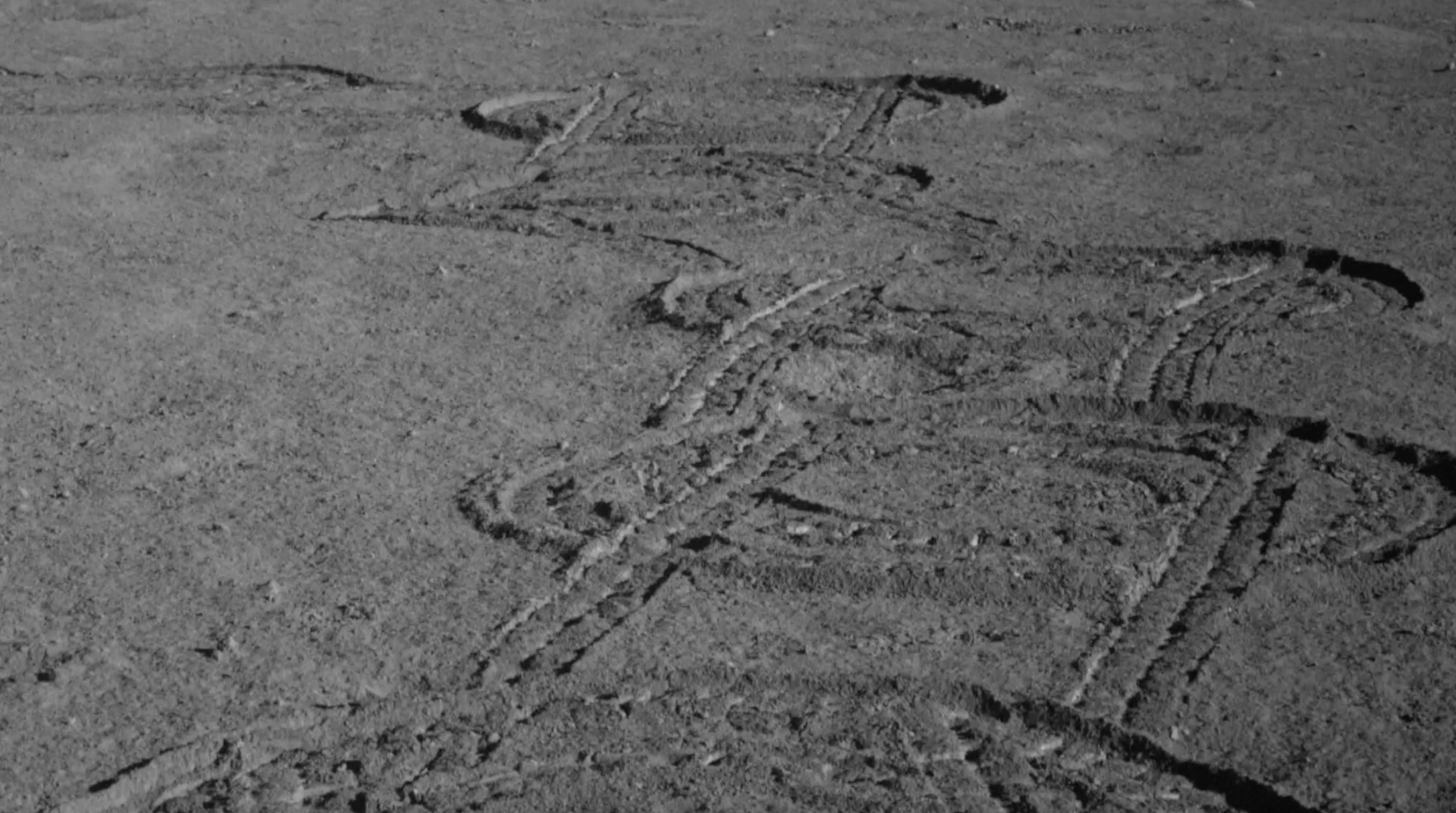China's Yutu-2 Lunar Rover Sends Back Photos from the Far Side of the Moon
China's Yutu-2 lunar rover has transmitted stunning images from the far side of the moon, offering new insights into the solar system's least explored region. The rover continues to send back detailed photographs that enhance our understanding of lunar geology and surface features.

To date, Yutu-2 has covered a distance of 1,613 meters on the lunar surface, setting a record as the longest-operating rover on the moon.
Launched as a segment of the Chang'e-4 mission, Yutu-2 touched down in the Von Karman Crater located in the South Pole-Aitken Basin on January 3, 2019. The rover has successfully functioned through its 71st lunar day, significantly outlasting its projected three-month service duration, nearly reaching five years and nine months of activity.
One intriguing image sent back on September 10 captures the rover’s tracks on the moon, resembling a mooncake pattern. "I think maybe it's because the Mid-Autumn Festival is approaching, and it wants to draw a mooncake pattern to echo the festive theme," explained Zuo Wei, the mission's deputy chief designer of the ground application system, to CMG.
The photo series showcases diverse geological features of the lunar landscapes such as plains, hills, craters, and boulders.
In conjunction with Yutu-2, the Chang'e-3 and Chang'e-4 landers also continue their operations on the lunar surface. Various scientific instruments on these probes remain functional, although their long-term operational capacity is currently under evaluation.
"The moon-based optical telescope onboard Chang'e-3 lander is still operational, performing regular on-off cycles every month, though it is no longer conducting scientific observations. Chang'e-4 is also still active," stated Zuo.
Additionally, China's lunar network includes the Queqiao and Queqiao-2 relay satellites orbiting the moon. The primary function of Queqiao is to facilitate Earth-moon relay communications for the Chang'e-4 mission and Yutu-2. Having fulfilled its support role for Chang'e-6, Queqiao-2 is now engaged in scientific research in anticipation of the upcoming Chang'e-7 mission, expected to launch by 2026.
Further information on Yutu-2 can be found here.
James del Carmen for TROIB News
Discover more Science and Technology news updates in TROIB Sci-Tech












